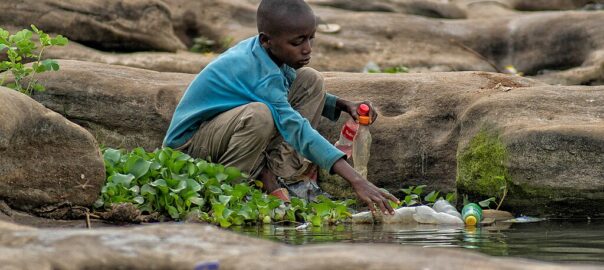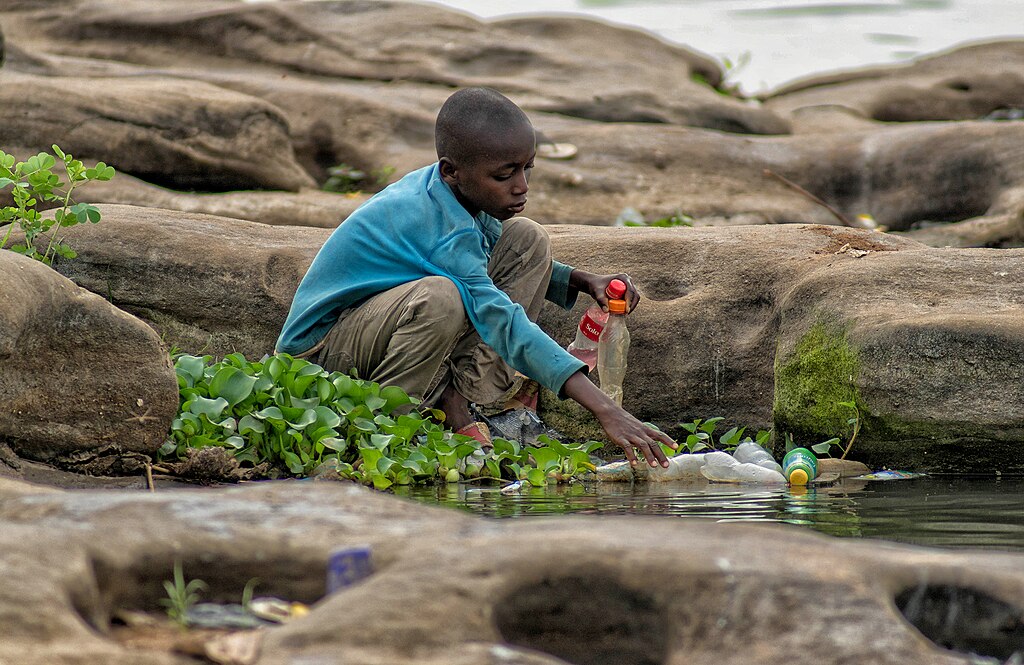
The Plastic in Our Life
Photo: Wikimedia Commons
Plastic pollution is everywhere, including in all our oceans. There is plastic, a lot of plastic, in the Himalayas and the Sahara. There is even plastic on Mars, left by the Curiosity Rover.
Soon, if not already, the weight of all the plastic in the world’s oceans will weigh more than all of the oceans’ fish. Much of this plastic is in the fish themselves. Plastic both in the seas and on land travels up the food chain. Every human eats, drinks, and inhales plastic every day.
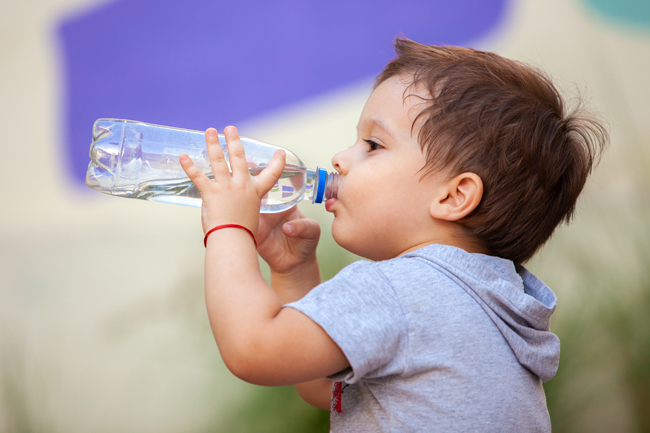
Plastic also pollutes beyond just being littered. Toxic chemicals leak out of plastic into the environment. These chemicals are now in the blood of nearly every person on Earth, even the unborn. Some are known or suspected of causing a broad range of health problems including birth defects and brain damage. The average person in an industrial society breathes in and drinks hundreds of tiny particles of plastic each day.
For all of that, we need plastic. It is not merely a convenience. For example, modern electronic devices would be impossible without plastic; plastic packaging reduces product weight, transportation costs and fossil fuel use. And plastic is essential to the design of most medical equipment such as the ventilators that saved so many lives during the Covid-19 pandemic. So, the question is, how can we use plastic without poisoning ourselves and our planet?
Plastic Fantastic
Certain natural substances such as rubber and silk have useful plastic-like properties. But before the invention of plastic, only metal, clay and glass, all heavy and rigid, could be molded. Rubber has many of the properties of some plastics, but it loses its ability to retain its shape after repeated stretching or bending. Natural plastic-like materials are made up of long molecular chains called polymers that are formed of simple repeating units. The invention of plastic came from studying the chemistry of those polymer chains.
Without plastic, solid -state electronics and medical instruments would be unimaginable.
Today plastics can be made with remarkable qualities, rigid or bendable and formed into almost any shape, making possible most of the products of the modern world. Lightweight plastic containers can carry alcohol, acid or gasoline without being dissolved. Acrylic plastic can be so clear that light can retain 80% of its brightness after traveling through a piece one-meter thick. Certain plastics are stronger than steel but weigh much less, and some are even bulletproof. Polycarbonate can be made practically unbreakable. Without plastic, solid -state electronics and medical instruments would be unimaginable. And plastic keeps meat and produce in our markets safe from pathogens.
Recent advances in chemistry continue to make plastic ever more useful. It’s lightweight, durable, inexpensive, and is often easy to manufacture from common materials, starting with petroleum as the basic ingredient. At least ten common kinds of plastic are in widespread use, plus many more specialized types. The way each is made or the additives included in the process determine its properties, such as flexibility and durability.
Plastic has been without doubt a benefit to mankind, but like other benefits of an industrial society such as petroleum, pesticides, or antibiotics, our over-reliance is harming both the human race and the natural world. And unfortunately, single-use plastic products account for about 50% of all plastics produced.
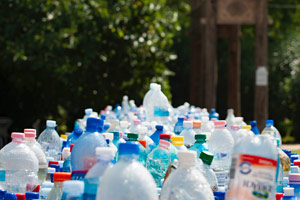
Plastics do not readily decompose when they are broken into smaller and smaller pieces, even after becoming too small to be seen through a microscope. Because they are similar to natural substances, these tiny pieces can be readily absorbed directly into the blood and tissues of living organisms, even traversing the protective barrier between blood vessels and the brain.
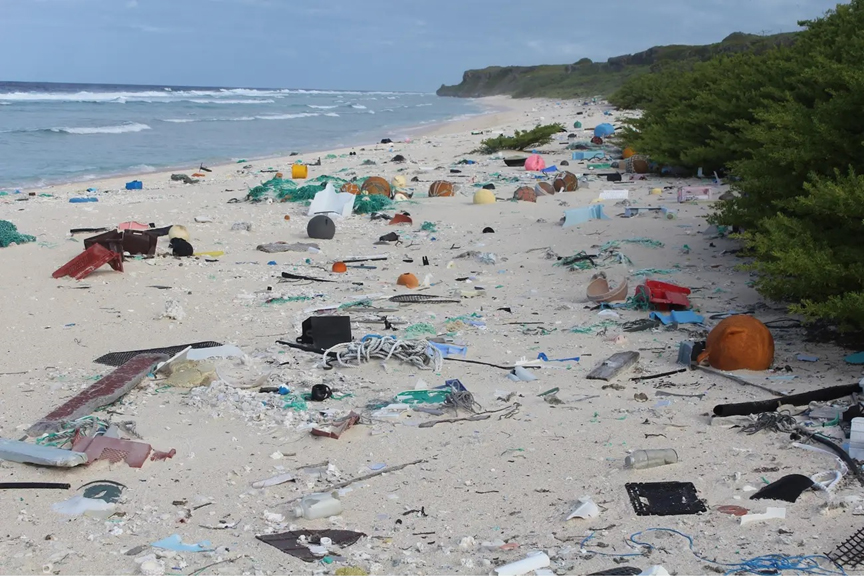
This is an uninhabited island!
An Ocean of Plastic
The Great Pacific Garbage Patch that revolves between California and Hawaii is twice the size of Texas. And this is only one of five such vortexes.
The Mariana Trench is the deepest place on Earth, almost seven miles below sea level. Exotic deep-sea creatures have been collected from near the bottom of the Trench—and plastic has been found inside of every single one. Over 400,000,000 pieces of plastic were found in the Keeling Islands in the Indian Ocean, home to about 600 people and one of the most remote spots on the planet. The highest density of plastic pollution anywhere may be on the beaches of Henderson Island, a tiny uninhabited dot in the eastern Pacific Ocean.

The Great Pacific Garbage Patch that revolves between California and Hawaii is at least twice the size of Texas and growing. The garbage is mostly plastic, perhaps as many as 2,000,000,000,000 floating pieces. And this is only one of five such vortexes – there is another in the Pacific, two in the Atlantic, and one in the Indian Ocean. But even if we could remove every piece of visible plastic in and under the water in all these enormous patches, it would not fix the problem. Most of this plastic has been broken into tiny pieces called “microplastic.” Every type of sea life has this microplastic in its body, and so do the birds and land creatures that eat them.
In the time it takes you read this sentence, about one hundred thousand plastic bottles will have been thrown away.
The question of who is responsible for the world’s plastic waste is complex. Most plastic is made by US, German, or Japanese companies, but Saudi Arabia, Taiwan and China are not far behind. Yet most plastic is used far from where it is produced, and much of it is disposed of far from where it is used. Industrial nations, and the US in particular, are the greatest per-capita consumers of plastic, while developing countries produce large volumes of plastic for export. Much of the ocean’s plastic is simply dropped from ships: abandoned fishing nets and gear and debris either lost or tossed overboard. Such disposal practices are forbidden by international agreement but are met with few if any consequences.
Death by Garbage
Plastic debris makes its way from the land into the ocean because most of it is littered or thrown into landfills without adequate safeguards. The amount of plastic waste we dump into the environment in a single day is almost unimaginable. In the time it takes you read this sentence, about one hundred thousand plastic bottles will have been thrown away. Such bottles make up about one-third of all plastic trash. Another third is plastic bags and food wrappers. Other food-related items – lids, straws, cups, plastic utensils and plates – make up the largest share of the rest.
Tiny particles of broken-down plastic can float in the air like dust and be inhaled. This miniaturization is sometimes done intentionally, as with microplastics added to cosmetics and toothpaste. Though intended to be washed into wastewater, these added particles still find their way into drinking water supplies all around the world. The US has the most plastic in its tap water, with contamination found in more than 90% of the water tested. Bottled water is no better: a study in Frontiers in Chemistry found that 93% of bottled water contains on average 325 particles of plastic per liter. The smallest of these micro-particles can pass from the digestive system into the blood stream and spread throughout the body, including into the brain. Simply by drinking water and breathing air, a US adult will consume about 100,000 microplastic particles in a year.
But plastic can also pose a threat to health and the environment without being littered or ground into microparticles. Although plastics are very durable, they do eventually decompose, and that decomposition can then release toxic chemicals.
It seems we can’t live without plastic – what can we do to live with it?
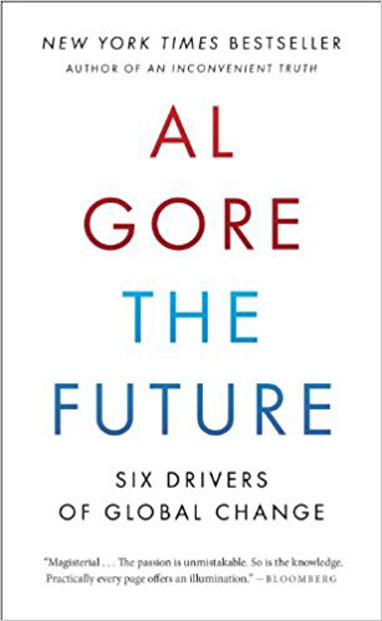
The Future
Six Drivers of Global Change
Al Gore
No period in global history resembles what humanity is about to experience. Explore the key global forces converging to create the complexity of change, our crisis of confidence in facing the options, and how we can take charge of our destiny.
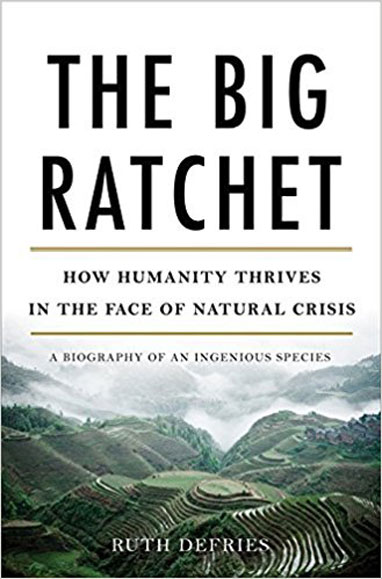
The Big Ratchet
How Humanity Thrives in the Face of Natural Crisis
Ruth DeFries
Human history can be viewed as a repeating spiral of ingenuity—ratchet (technological breakthrough), hatchet (resulting natural disaster), and pivot (inventing new solutions). Whether we can pivot effectively from the last Big Ratchet remains to be seen.
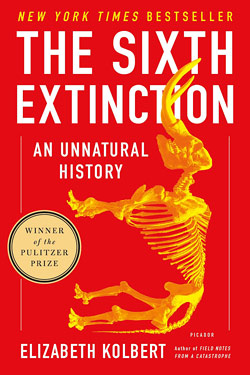
The Sixth Extinction
An Unnatural History
Elizabeth Kolbert
With all of Earth’s five mass extinctions, the climate changed faster than any species could adapt. The current extinction has the same random and rapid properties, but it’s unique in that it’s caused entirely by the actions of a single species—humans.
In the series: Our Plastic Earth
Related articles:
Further Reading »
External Stories and Videos


A Brief History of Plastic (#TeamSeas)
TED-Ed
Learn why and how plastic was originally developed and how we have reaped the wonderful benefits of this unique material while inadvertently creating our current struggle with its disposal and dangers.

Plastic Rain Is the New Acid Rain
Matt Simon, Wired
Researchers find that over 1,000 metric tons of microplastic fall on 11 protected areas in the US annually, equivalent to over 120 million plastic water bottles.
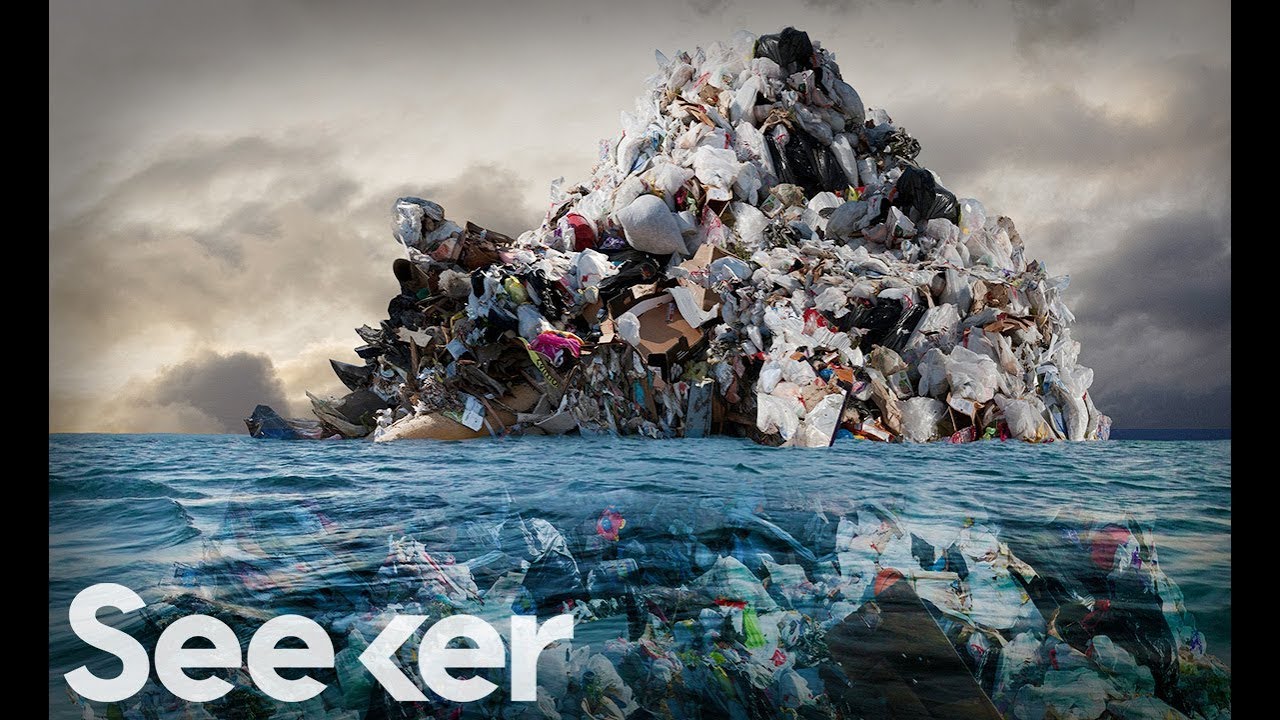

The Great Pacific Garbage Patch Is Not What You Think It Is
The Swim
It’s not an island twice the size of Texas. But it is severely impacting marine life and human health… and incredibly hard to study.

